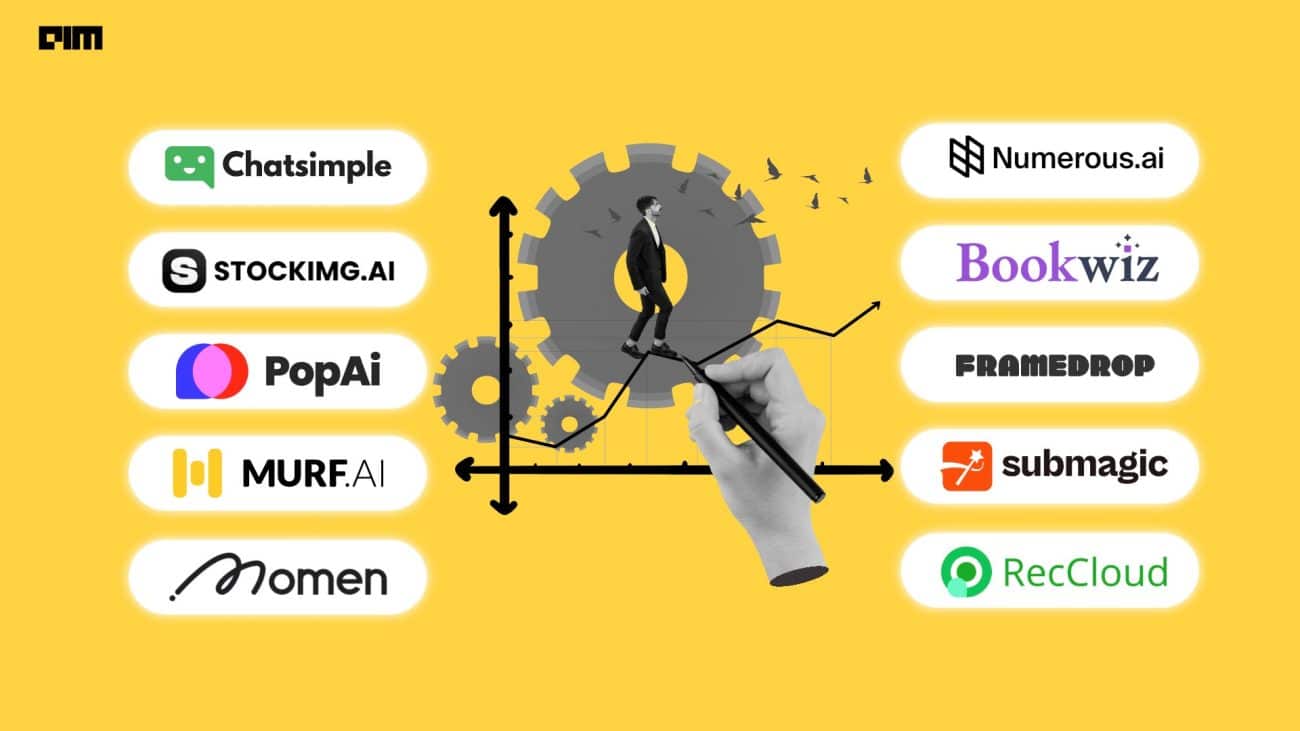|
Listen to this story
|
While presenting the Budget for this year, one of the key focal areas in Indian Finance Minister Nirmala Sitharaman’s speech was upskilling workers in businesses – ranging from new-age tech like AI to traditional crafts.
India has a young talent pool and adds nearly 10 million to its workforce every year. But the shortage of skilled talent in advanced technologies continues to remain a major obstacle for industries and threatens to hinder the growth of the digital economy.
“Skilling is a welcome move as it strengthens inclusive and sustainable progress across all industries,” Triveni Rabindraraj, India sales head at software company GoTo said. “The Pradhan Mantri Kaushal Vikas Yojana 4.0, Make AI in India, and increased focus on the 5G continuum will prove to be a big push to bridge the talent gap and prepare the country’s youth for Industry 4.0 by empowering them with new-age technology skills needed to make India one of the world’s preferred innovation hubs.”
However, the attempts to build a more specialised workforce aren’t new. Skill India or the National Skill Development Mission of India initiative was launched by Prime Minister Narendra Modi in 2015. As it stands, the initiative has not been effective.
Bridging the AI talent gap
A report by IDC in 2021 revealed that an increasing number of businesses in India are looking to integrate AI/ML solutions into their operations. Conversely, the report also found that about 74% of the enterprises still lacked in skill, which impedes the overall innovation.
In a LinkedIn post, Nitin Aggarwal, head of Cloud AI Services (India) at Google India, said that one of the common traits he found in candidates that didn’t get selected was that they lacked any ‘real’ work that would back them up. “Whenever I started having a detailed conversation about their projects, problems started showing up. Answers were very shallow and textbook-ish.”
To tackle the AI talent gap in the industry, the Union Minister of Education and Skill Development, Dharmendra Pradhan launched the “AI for India” campaign in June last year. The objective of the campaign was to evaluate, train, practice, provide internships, allocate projects, certify and employ 25 lakh Indian citizens.
However, the ground reality is very different. Despite the heavy emphasis made by the Indian government on the importance of the AI sector, a talent gap persists. So much so, that companies have started to invest in training their own employees.
“As the use of AI is spreading within all sectors, it is important that the youth be trained in courses based on coding, AI, robotics, IoT, 3D printing and drones,” Aditi Seetha, Programme Manager at The Dialogue, a public-policy think-tank, told AIM.
The government in turn has taken note of this divide announcing new initiatives in this year’s budget to attend to it – about 30 Skill India International Centres across different states will be set up.
“The digital ecosystem will be expanded with regards to Skill India and a unified skill India digital platform will be launched. This will boost the skilled manpower much needed in the advancing AI industry and will provide not only domestic opportunities but even international exposure to the youth,” Seetha added.
The government’s track record does not inspire confidence
Back in 2015, Skill India was one of the most prominent announcements made by then Finance Minister, the Late Arun Jaitley. Launched by Narendra Modi on July 15 that year, Skill India’s aim was to create a pool of proficient workers for sectors such as manufacturing, construction, retail, healthcare, IT, agriculture and tourism, among others.
The eventual goal of the programme was to create a pool of workers who could contribute to the country’s economic growth and development and help improve India’s overall competitiveness in the global market.
However, after eight years, Skill India’s success rate remains relatively low. According to a report published by the Ministry of Skill Development and Entrepreneurship (MSDE), in 2015, around 19.85 lakh candidates were trained under the Pradhan Mantri Kaushal Vikas Yojana (PMKVY) scheme, out of which only 13.23% were able to nab the post training job.
In 2016, around 52 lakh candidates successfully completed the training, out of which only 24% candidates got post training placements. This is proof enough to show that the training programmes did not equip candidates with the necessary skill sets desired by the industry.
Skill India has failed for multiple reasons, including lack of training infrastructure, limited participation of the private sector and a lack of compliance to international standards.
In fact, skill development programmes in India have existed way before the launch of Skill India and historically, they have not worked. Will the Indian government now be able to keep the promises made in Budget 2023 or will moulding talent in AI still remain out of India’s reach?















































































